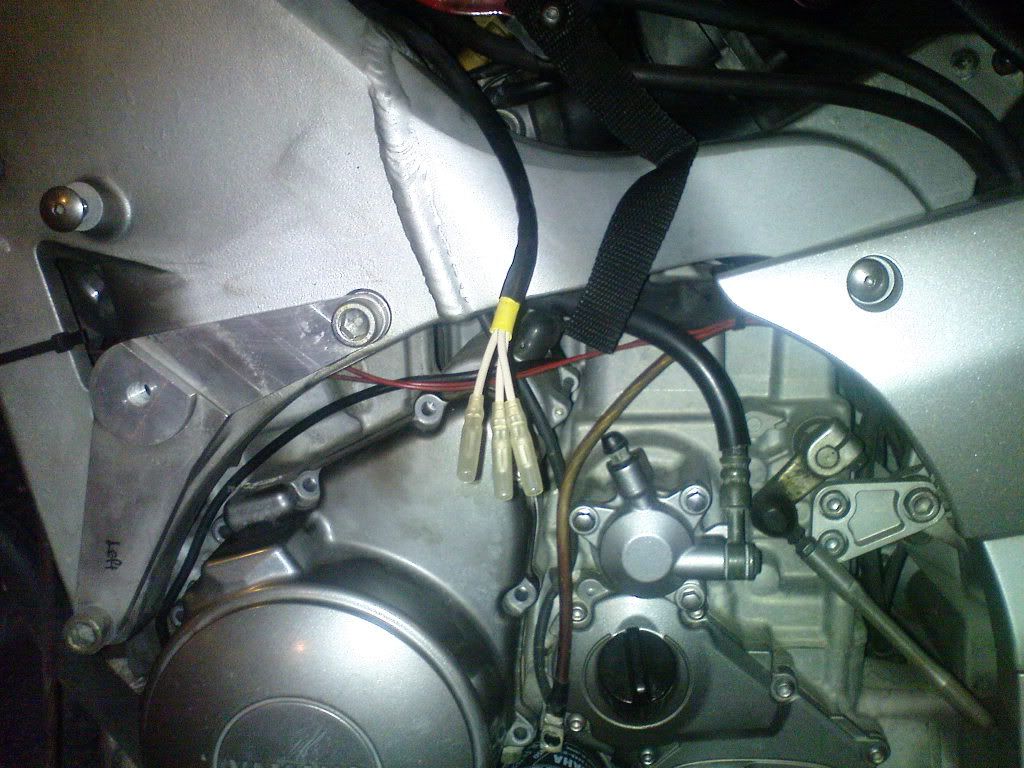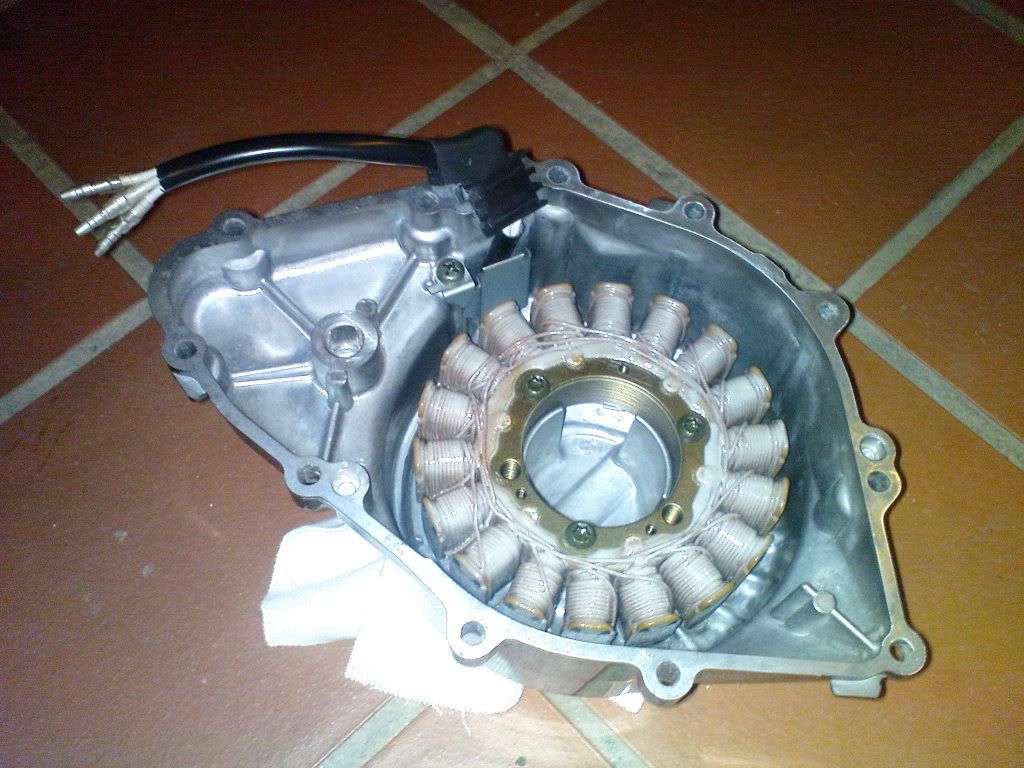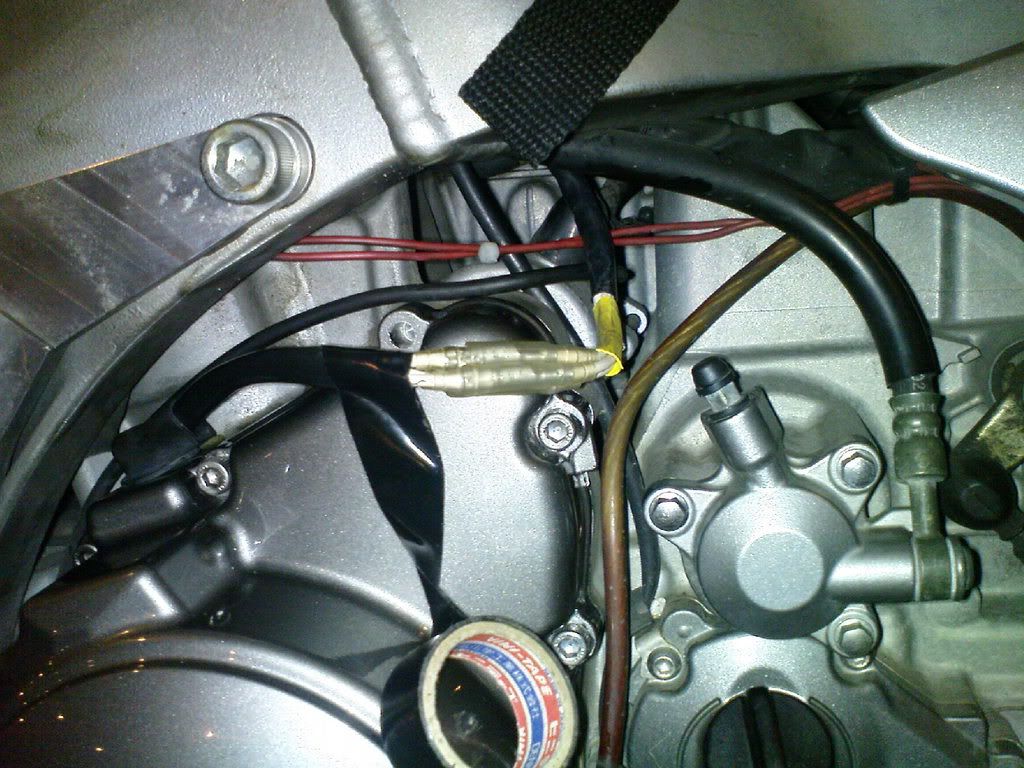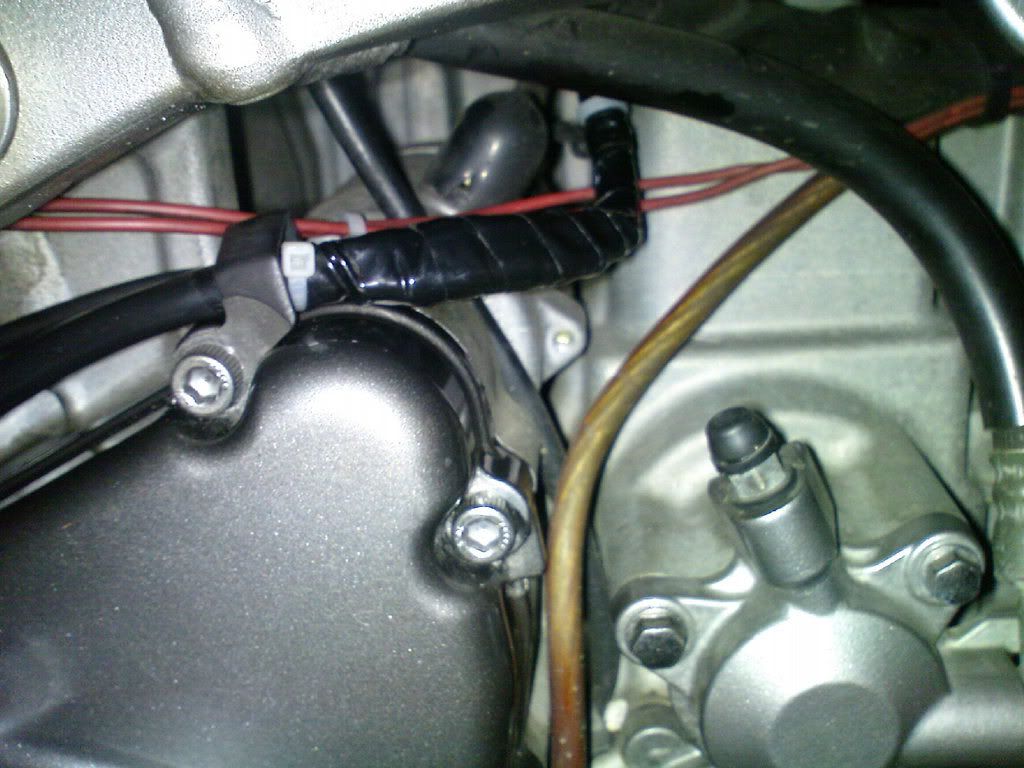Help!
Today my FJR was acting up. It's been a long-standing problem that has gotten progressively worse, but for this thread I am want to concentrate on the battery.
Here's the deal: 2004 FJR1300. 162,000 miles. New battery put in at 149k, 5 months ago. I have had an intermittent starting issue since May or so, both with the previous battery and the now current one. It got better for a while with the new battery, but it's been getting worse for a while again. Today I go to start my FJR for the first time today and I get only a few slow cranks from the starter. Sounds like the battery is dead. It's cold for around here, about 45 degrees. I rode the bike yesterday with no issues. Due to the 'issue' I have been periodically checking battery voltage and it's about 13.25V after sitting for several hours. A-Ok.
So after this happens today, I get the multi-meter out and the battery reads 12.85V. Over the next 15 minutes or so it rises back up to 13.05V.
I turn the ignition 'on'. After fuel pump cycles, I measure voltage now at 12.80V with ignition and the tail and side marker lights on. After 30 seconds or so, it's reading 12.57V and still slowly going down.
Turn everything off. After 10 minutes I get 13.04V. After over an hour I get 13.09V.
So now I meaure while cranking. The engine started pretty quickly, but I got a reading of 11.10V and 10.8V or so.
Immediately after starting, I am reading 13.90V which quickly raises to 14.0V
After idling a few minutes, 14.14V. Reving engine give 14.17V
So I do a bit of riding. I get a no-start episode which I will detail in another thread. After repeated cranking, battery is pretty low. Clock resets and I have to push start the FJR as battery won't turn it over anymore. I ride about 10 miles home and when I get there, I measure 13.91-13.94V while idling. After I shut it off, battery reads 13.70V and is going down quick.
After an hour and a half, battery is at 13.20V.
So! Everything above looks fairly normal to my un-trained eye - at least concerning battery voltage. I suspect my 'issue' may be a worn out starter or something else, but I am trying to eliminate the battery as a problem. Even though it's only 5 months old, I know of other 'new' batteries that have failed rather quckly.
So what do you experts think? How valuable is a load test? It seems the reading I got above, particularly after the initial slow cranking look pretty good. What saytheth you all?
Any help is greatly appreciated.
Oh BTW, while doing all this today I measured the g/f's BMW F65GS voltage. Bike is 3 and half months old, and was last ridden a week ago. 12.88V.
And I am using a small portable RatShack multimeter. Good enough, right?


































































